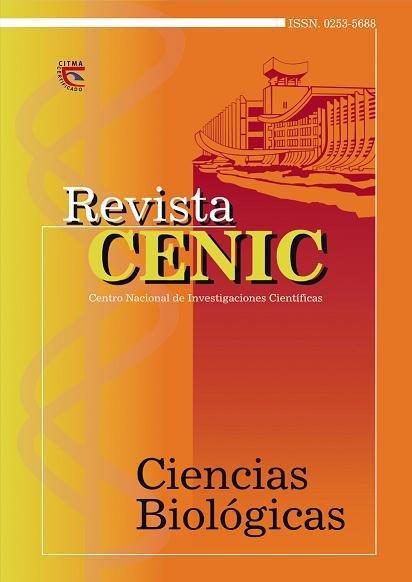Role of the alpha receptor activated by peroxisome proliferators in the pathophysiology of the cardiovascular system
Abstract
PPARs belong to a superfamily of hormone receptors that function as transcription factors to regulate the function of genes through the formation of peroxisomes involved in important processes such as cell differentiation, the development of organs and tissues, metabolism of carbohydrates, lipids, proteins, and in tumorigenesis. In particular, PPARα is expressed primarily in organs such as liver, muscle and the cardiovascular system, where the catabolism of fatty acids and glucose for energy production is very important. PPARs participates in the regulation of inflammatory and redox processes, angiogenesis, energy metabolism of the heart muscle, liver and the blood vessels which are the patho-physiological basis of mayor non communicable diseases such as diabetes and atherosclerosis. Taking into consideration the importance of the PPARα in the lipid and carbohydrate metabolism as well as some aspects of the pathophysiology and pharmacology of the cardiovascular system, the purpose of this brief review is to analyze the most remarkable aspects of the role of PPARα in the pathophysiology of this system, since, despite the significant advances in the therapeutic management of cardiovascular diseases, these are among the leading causes of death worldwide. There are still some aspects regarding the role of PPARα that require further analysis and research, but certainly the issue provides an interesting perspective on the investigation of its usefulness as a therapeutic target of various high frequency .metabolic diseases.
Downloads

Downloads
Published
How to Cite
Issue
Section
License

This work is licensed under a Creative Commons Attribution-NonCommercial-ShareAlike 4.0 International License.
Los autores que publican en esta revista están de acuerdo con los siguientes términos:
Los autores conservan los derechos de autor y garantizan a la revista el derecho de ser la primera publicación del trabajo al igual que licenciado bajo una Creative Commons Atribución-NoComercial-CompartirIgual 4.0 Internacional que permite a otros compartir el trabajo con un reconocimiento de la autoría del trabajo y la publicación inicial en esta revista.
Los autores pueden establecer por separado acuerdos adicionales para la distribución no exclusiva de la versión de la obra publicada en la revista (por ejemplo, situarlo en un repositorio institucional o publicarlo en un libro), con un reconocimiento de su publicación inicial en esta revista.
Se permite y se anima a los autores a difundir sus trabajos electrónicamente (por ejemplo, en repositorios institucionales o en su propio sitio web) antes y durante el proceso de envío, ya que puede dar lugar a intercambios productivos, así como a una citación más temprana y mayor de los trabajos publicados (Véase The Effect of Open Access) (en inglés).














